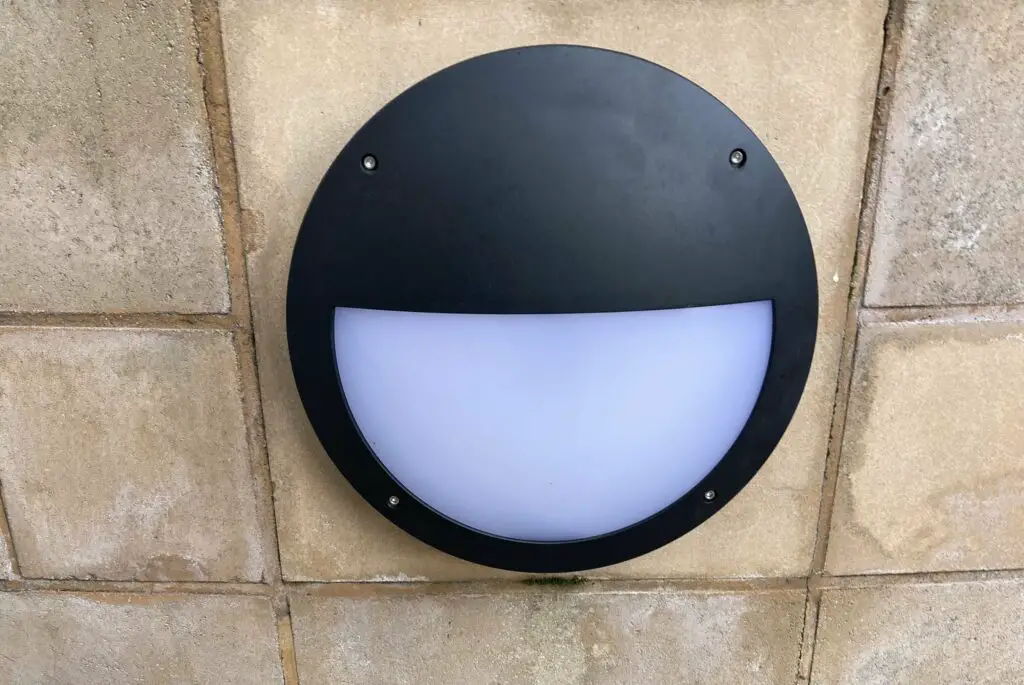If environmental factors alone were not enough to have us contemplating ways to reduce energy consumption, the recent energy price hikes across the globe are certainly enough to make even the most ardent fossil fuel advocates consider ways to minimise their energy use.
We are all aware of the big renewable energy changes we could be making, such as installing solar panels or ground source heat pumps, but unfortunately, these big changes come with equally big price tags. As such, many of us are left looking for simpler ways to cut down on our energy consumption and keep our bills in check.

In my experience designing lighting installations, whilst motion sensors provide a superior way to control lighting when compared with traditional switches, the range of smart Bluetooth-enabled sensors and switches is a more sophisticated option with greater futureproofing.
In terms of energy saving, lighting is an area that has seen huge improvements in the last decade with LED lighting now standard across homes and businesses and the EU even introducing legislation banning the sale of fluorescent lamps as early as 2023.
Despite the great improvement already made, could we eke out further savings on our lighting bills by swapping our light switches for motion sensors? Let’s take a look below.
Two Main Types of Lighting Motion Sensors
Traditional motion sensors for lighting come in two main types, presence detection and absence detection.
Presence detection turns the lights on when it senses motion and will switch the lighting off after a set period of inactivity (usually within 10 – 20 minutes of no longer sensing motion depending on the settings). This negates the need for a traditional light switch.
Absence detection allows lighting to be switched on and off using a wall switch but allows for lights to automatically turn off after a set period of time when no motion is detected. This is a great way to maintain control of the lighting but provide a failsafe for when people have forgotten to turn the lights off when finished.
It’s worth mentioning that there’s also a third type of sensor called a photocell. These operate on light levels and are traditionally what is used to turn lights, such as street lights, on automatically when it gets dark and turns them back off again when it becomes daylight.
As anyone who has been sat on a toilet and suddenly plunged into darkness when the lights automatically turned off knows, both types of lighting motion sensors come with disadvantages as well as advantages. We shall look at these in more detail below.
My background is heavily routed in commercial electrical work where lighting controls have been standard for many years. However, this article will be aimed at homes and if this technology should be finally making the transition from commercial to domestic acceptance.
The Advantages and Disadvantages of Motion Sensor-Controlled Lighting
| Advantages | Disadvantages |
|---|---|
| Prevents lights being left on in vacant rooms | Nuisance switch-off incidents. |
| Settings can be adjusted | Settings often not easily accessible to adjust |
| Prevents fumbling around in the dark looking for a light switch | Don’t always sense motion as they should. |
| Relatively inexpensive to purchase | Require adjustments to the electrical wiring |
| Can incorporate a wide range of control such as adjustments for natural light levels | Range of smart apps available to compete with these functions |
| It’s quite cool that lights can turn themselves on and off | Could be considered old technology that has been superseded. |
| Great for external use | Can’t override the lights (ie turn them off) when on presence detection only. |
Whilst the points in the table above are pretty self-explanatory the one I think that’s worth exploring further is the idea that the electrical wiring needs some adjusting. Whilst this is usually quite straightforward for an electrician to carry out, it can result in some disruption and some obvious expense.
A simple PIR (passive infrared lighting control sensor) costs around £15 but factor in the cost for an electrician at half a day’s rate (around £125) to install it and we need to be saving around £140 energy costs just to start breaking even!
A little research shows me that an LED light, used for two hours a day, costs around $1.04 for a year (source). Suddenly, we start to consider that the financial incentives to begin retrofitting motion sensors to the lighting in our homes aren’t really there.
Of course, we can bring the installation costs down by installing lots of motion sensors in one go getting more value for money from our electrician’s visit, and the savings increase based on the number of LED lights being switched off that would otherwise have stayed illuminated, but the financial savings are still considerably less than the installation expense.
This seems like a bit of a sour note to end on. Even if it’s not to save a fortune, it feels like we should all be at least trying to reduce the amount of energy we use to help the environment as much as possible. With this in mind, we can touch on Bluetooth-controlled lighting.
Bluetooth Lighting Controls
In my opinion, hard-wired motion control sensors will always have their place. They are reliable, easily available, and a proven technology that commercial businesses are always keen to use (even if I haven’t often come across them used on domestic premises).
That being said, more and more in my day-to-day work designing and installing lighting systems I am leaning more and more towards the use of Bluetooth technology.
Lighting systems such as Casambi have revolutionised how lighting is controlled. By using an app on a tablet or smartphone Bluetooth-enabled lighting can be easily set up to trigger via motion detection built into the light fitting, external sensors, or the press of a smart switch.
Smart homes and smart lighting are where the industry is heading. For those looking to install motion sensors, it may be worth first investigating the technology that is gaining mainstream adoption. Bluetooth lighting controls often provide a more cost-effective solution and the level of control is superior to their hard-wired predecessors.
I’ll write some more articles around Bluetooth lighting in due course and I’ll link some here when done (if I remember that is!)

